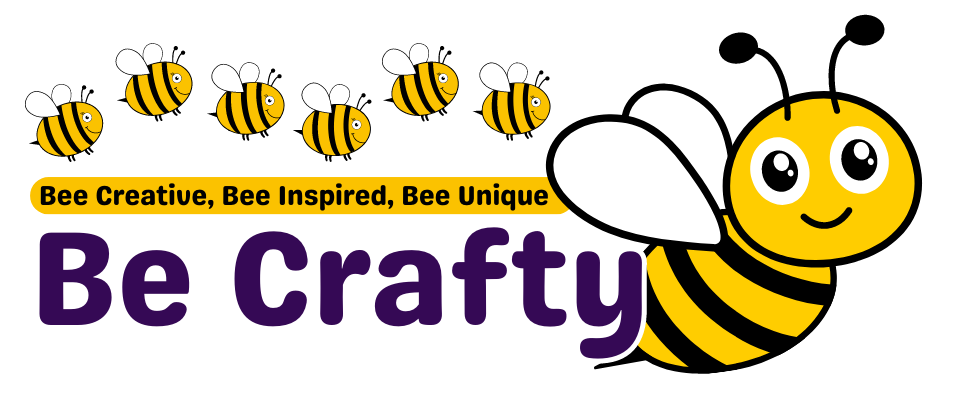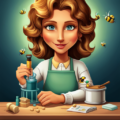Quilling, also known as paper filigree, is a form of art that involves the use of strips of paper that are rolled, shaped, and glued together to create decorative designs. This intricate form of paper art has gained popularity due to its versatility and the fact that it doesn’t require any expensive materials – just paper, glue, and a quilling tool.
Intermediate quillers often look for inspiration from the natural world, and animal patterns make for some of the most interesting and challenging projects. Animal patterns can be incredibly detailed and varied, making them perfect for intermediate quillers who are looking to push their skills to the next level.
One of the best ways to approach an animal pattern in quilling is to start with a basic outline of the animal you want to create. You can find these outlines online or draw them yourself. Once you have your outline, you can start filling it in with quilled shapes.
For example, if you’re creating a tiger pattern, you might start with orange and black strips of paper. You could use tight coils for the body and teardrop shapes for the stripes. A peacock might involve using marquise shapes in different shades of blue and green to represent the beautiful plumage.
Animal patterns in quilling often involve creating a lot of detail in a small space. This requires patience and precision, but the results can be stunning. For instance, creating a butterfly pattern might involve using tiny pinched coils to represent the detailed patterns on the wings. Or a zebra pattern could involve carefully aligning black and white strips to create the characteristic stripes.
Another great way to incorporate animal patterns into your quilling projects is by creating scenes or landscapes that include different animals. For example, you could create a jungle scene with monkeys hanging from vines, or an ocean scene with different types of fish swimming about. This not only allows you to practice different animal patterns, but also gives you the chance to experiment with other elements like trees, plants or water.
Intricate paper art like quilling often takes time and patience, but when done correctly, the end result can be truly breathtaking. With animal patterns, you can bring a piece of the natural world into your home in a unique and beautiful way.
Remember that practice makes perfect. The more you work on your quilling skills, the better you will become. So don’t be afraid to take on challenging projects like animal patterns – they can be a great way to push your skills to the next level.
Whether you’re creating a detailed portrait of your favorite animal or a whimsical scene full of different creatures, animal patterns can add depth and interest to your quilling projects. So grab your quilling tool and some paper strips, and let your creativity run wild!


